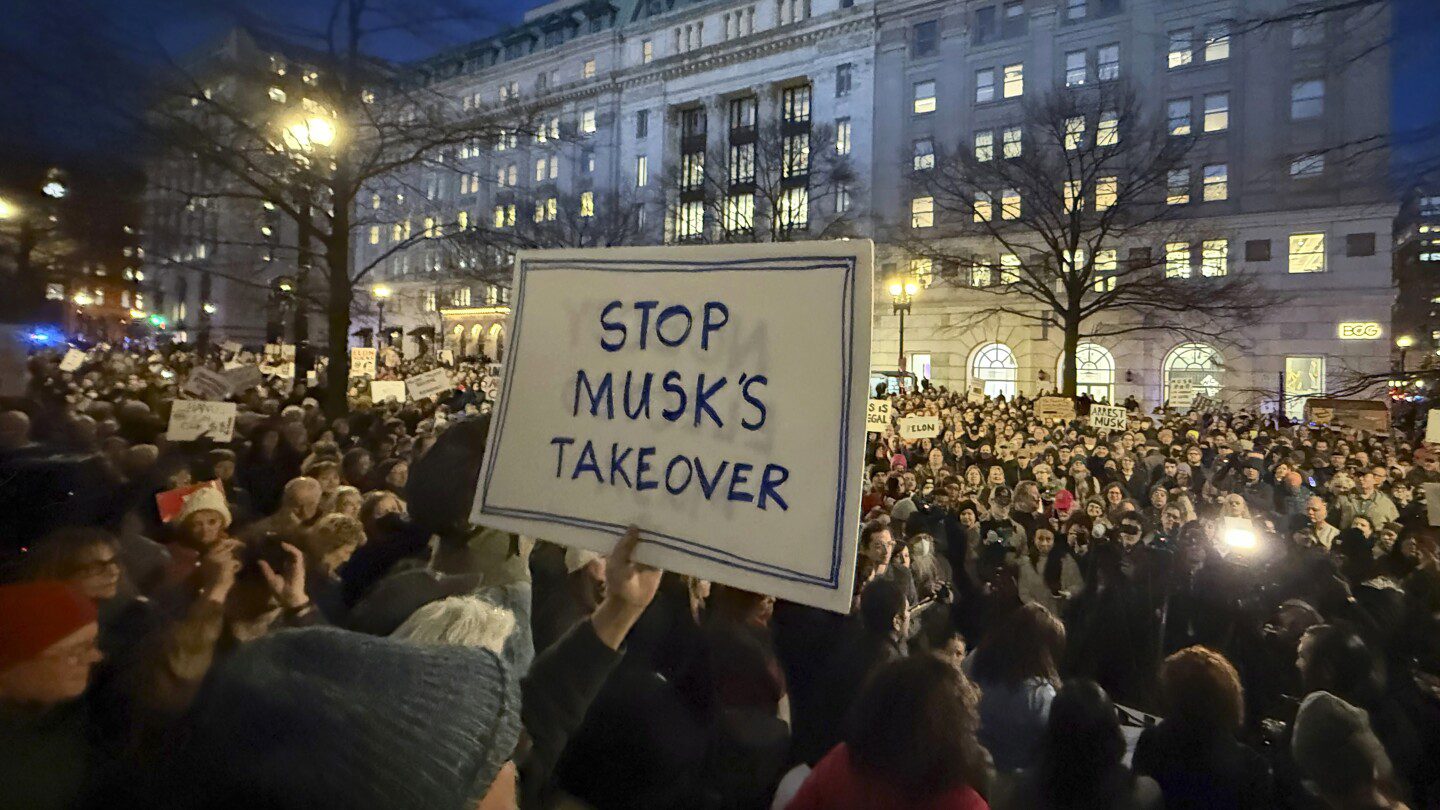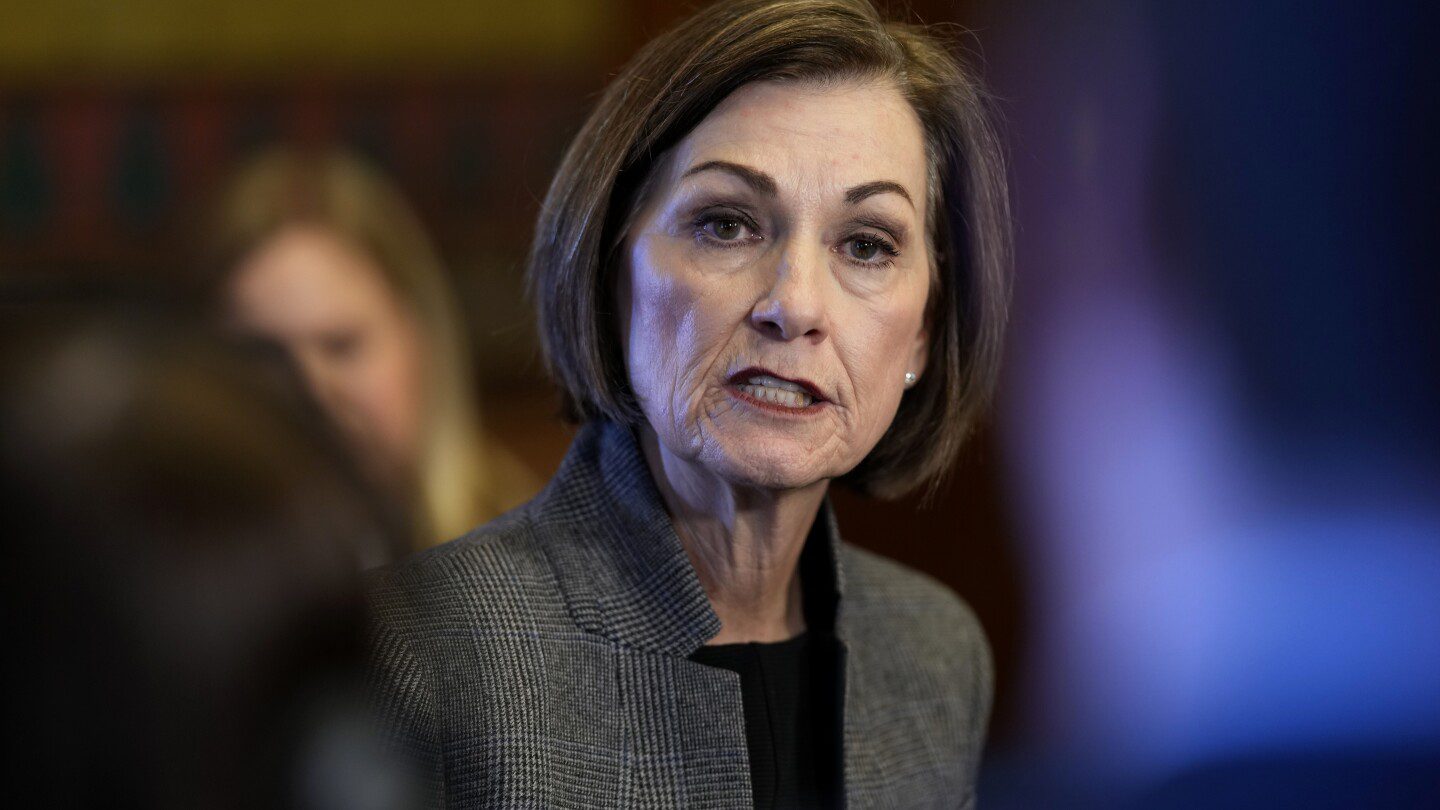
ATLANTA (AP) — A diverse group of good-governance supporters, anti-tax conservatives, politicians from multiple parties, and regular citizens voice their concerns regarding “waste, fraud, and abuse” within the federal government.
Recently, President Donald Trump and the Department of Government Efficiency, led by billionaire Elon Musk, introduced a new chapter for this contentious phrase, praised by some and criticized by others.
“This concept is quite expansive,” remarked Matt Weidinger from the conservative American Enterprise Institute. “However, the term ‘waste, fraud, and abuse’ is interpreted differently by different individuals.”
This discussion delves into the implications of this phrase and its significance as Trump potentially embarks on a second term.
The Federal Government as a Long-Standing Target
Tracing the origins of “waste, fraud, and abuse” in political dialogue proves challenging. The roots of this idea extend back to the nation’s founding, reminiscent of “taxation without representation” during the break from British rule.
Following independence, the early United States revisited these debates.
Two generations grappled with the establishment of Alexander Hamilton’s national bank, which laid the groundwork for everything from the Federal Reserve to various federal loan programs.
Andrew Jackson, a hero of Trump, criticized the Second National Bank as a financial haven for the wealthy elite. “There are no necessary evils in government,” the seventh president declared in one of his veto messages. “Its evils arise solely from its abuses.”
Many of Jackson’s contemporaries in the South resisted Henry Clay’s American System and its proposed “internal improvements.” They perceived funding for infrastructure like roads and bridges as an unconstitutional federal overreach that redirected their wealth to industrial and commercial interests in the North.
Ronald Reagan solidified the modern conservative perspective during his 1981 inaugural address by proclaiming, “Government is not the solution to our problem; government is the problem.”
He characterized “the welfare queen” as a representation of a flawed social safety net and an unaccountable federal structure, a portrayal criticized for its racial undertones, stemming from the fraud case of one woman who wrongfully received significant aid.
In a move reminiscent of current initiatives, Reagan assembled a panel of business leaders, known as the “Grace Commission,” to identify government waste. While it offered recommendations, those were not widely enacted, although Reagan and Congress did increase the Social Security eligibility age.
The Size of Federal Expenditure
In the fiscal year 2023, the federal government’s spending reached approximately $6.7 trillion.
The libertarian Cato Institute outlines major expenditures as follows: $3.19 trillion in transfer payments; $1.15 trillion in state aid; $950 billion for interest on the national debt; $840 billion for goods and services; and $560 billion in federal employee salaries.
Most transfer payments include Social Security and Medicare, among others such as food assistance and the earned income tax credit for low-income families. Medicaid primarily accounts for state aid, which also encompasses education and infrastructure support.
For Musk, Trump, and Republican leaders in Congress, the challenge lies in the mixed public perceptions surrounding federal spending.
A poll conducted in March 2023 by The Associated Press-NORC Center for Public Affairs Research revealed that 60% of American adults believed the government was spending “too much” overall. However, another poll from January 2025 showed nearly two-thirds felt the government was actually spending “too little” on Social Security and education, while 60% expressed similar thoughts regarding Medicare and various assistance programs.
Furthermore, many Americans feel that Medicaid, which serves low-income individuals and children, is underfunded. Notably, funds for Medicare and Medicaid are allocated to healthcare providers instead of directly to patients, benefiting hospitals, clinics, and pharmaceutical companies nationwide.
The Actual Impact of Waste and Fraud
Regular reports from the Government Accountability Office (GAO) and other organizations continually highlight inefficiencies within government operations. According to the GAO, its recommendations have yielded approximately $667 billion in savings since 2011.
Vivek Ramaswamy, a Trump associate involved with the Department of Government Efficiency, raised concerns over hundreds of billions in contracts and programs lacking explicit Congressional reauthorization. However, contrary to his assertions, these refer primarily to ongoing initiatives, including veterans’ medical care and NASA operations.
Trump has yet to address another significant area for potential revenue: the so-called “tax gap.” This figure represents the difference between expected federal tax revenues under the current law and the actual amounts collected. This gap includes both clerical errors and intentional fraud, with the IRS estimating the tax gap to be $696 billion for the 2022 tax year.
Other governmental assessments reveal “improper payments” in programs like Social Security, Medicare, Medicaid, and unemployment insurance, which collectively amount to several hundred billion dollars annually.
According to Weidinger, these figures include some fraudulent spending but primarily consist of overpayments or those requiring additional documentation. Examples range from continuing Social Security payments after a recipient’s passing to inaccuracies in government benefit calculations.
Additionally, special programs, such as pandemic-related unemployment assistance, experienced notably high levels of outright fraud, with identity thieves exploiting the system.
“We’ll likely never recover all of that,” he noted. However, he cautioned that the government’s estimates for fraud and improper payments might be conservative, even if they do not come close to the significant savings that Musk and Trump have projected.









